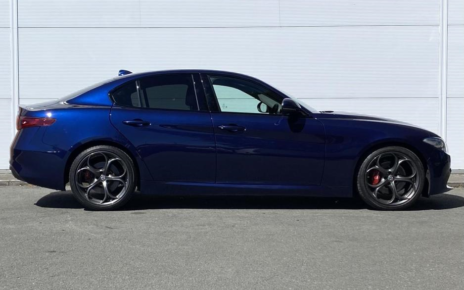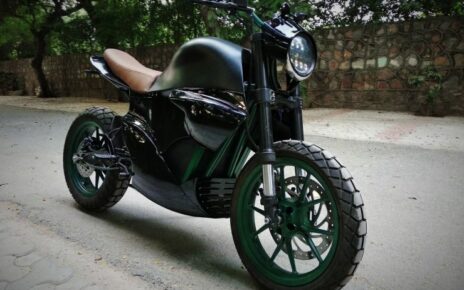The classic Mini, that pint-sized marvel born in 1959, is enjoying a surge in demand across the UK and beyond. Far from being relics of a bygone era, these vintage icons are fetching eye-watering prices at auctions and turning heads on modern roads. What’s behind this renewed love affair with the original Mini? From nostalgia to rarity, several factors are fuelling its comeback.
Nostalgia is a powerful driver. The Mini, designed by Sir Alec Issigonis, became a symbol of 1960s Britain—think Swinging London, The Beatles, and The Italian Job. For many, it evokes memories of simpler times or family stories of first cars. As the UK grapples with rapid change, the classic Mini offers a tangible link to a golden past. Enthusiasts and collectors, from baby boomers to younger fans discovering retro cool, are eager to own a piece of that history.
Rarity adds to the allure. Production of the original Mini ended in 2000, and while millions were made, many have succumbed to rust, accidents, or neglect. Well-preserved models—especially early Mark I versions or special editions like the Mini Cooper S—are now scarce. This scarcity drives up value, with pristine examples selling for £30,000 or more at auctions. Even project cars needing TLC fetch decent sums, as buyers bet on their potential.
The Mini’s timeless design plays a big role, too. Its boxy shape, round headlights, and cheeky grin remain instantly recognisable, setting it apart from today’s sleek, uniform cars. It’s not just a vehicle—it’s a cultural icon, celebrated in films, rallies, and fashion. Owners love its quirky charm, whether they’re cruising through Cornwall or parking up at a car show in Birmingham. Plus, its compact size suits narrow UK streets, making it surprisingly practical for a classic. You can win a classic Mini Cooper online.
The driving experience is another draw. Classic Minis offer a raw, unfiltered ride—nimble handling, a go-kart feel, and a buzzy engine that enthusiasts adore. Modern cars, with their tech-heavy cockpits, can feel detached; the Mini delivers pure, analogue fun. For petrolheads, tinkering with its simple mechanics is a joy, and a thriving community of clubs and specialists keeps parts and knowledge alive.
Investment potential seals the deal. Classic car values have soared in recent years, and the Mini is a standout performer. Models tied to motorsport history, like those from the Monte Carlo Rally-winning 1960s, are especially prized. Buyers see them as both passion projects and smart bets, with prices climbing as supply dwindles. In a shaky economy, a classic Mini can feel like a safer stash than stocks.
In short, the classic Mini’s demand stems from its blend of heritage, rarity, charm, and driving thrill. It’s more than a car—it’s a British legend that keeps winning fans. Whether restored to showroom glory or kept as a patina-clad survivor, the Mini proves some classics never fade. They just get better with age.





